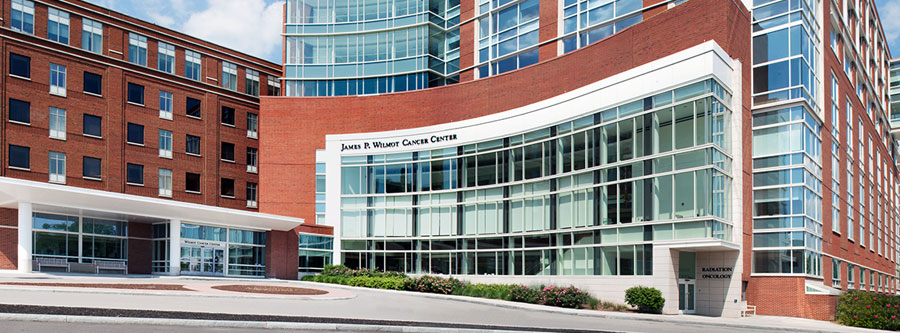Rectal Prolapse
Make Appointments & Get Care
What is Rectal Prolapse?
Rectal prolapse is a condition in which the last part of the colon—the rectum—moves out of place. The rectum may protrude from the anus or shift out of place internally.
A partial prolapse is a rectal prolapse that only happens during bowel movements.
A complete prolapse is a rectal prolapse that happens all the time.
This condition can cause discomfort and leakage of stool, called fecal incontinence.
What Causes Rectal Prolapse?
While the causes of rectal prolapse are not always known, risk factors include:
- Frequent straining during bowel movements
- Damage to tissue caused by injury or childbirth
- Weakness of pelvic floor muscles
- Neurologic issues
- Genetic predisposition
What Are the Symptoms of Rectal Prolapse?
Symptoms of rectal prolapse include:
- Bleeding from the rectum
- Tissues protruding from the rectum
- Fecal incontinence (inability to control bowel movements)
- Leakage of mucus or blood
- Having very small stools
- A feeling of full bowels
- Inability to empty bowels completely
- Anal itching and irritation
The symptoms can be similar to the symptoms of hemorrhoids.
UR Medicine's Treatments for Rectal Prolapse
Rectal prolapse can often be diagnosed with a physical examination.
Your provider may also use these tests for diagnosis:
- Colonoscopy
- Sigmoidoscopy (focuses only on the lower part of the colon)
- Barium enema
- Videodefecogram
Our providers offer the most advanced surgeries to correct rectal prolapse, including:
- Perineal recto sigmoidectomy—a surgery performed through the rectum that removes the prolapsed part of the rectum
- Abdominal rectopexy—a minimally invasive procedure in which the prolapsed part of the rectum is pulled back inside the body
What Sets Us Apart?
Patients receive advanced, specialized care for rectal prolapse at UR Medicine’s Division of Colon and Rectal Surgery. Our board-certified surgeons are experts in minimally invasive techniques. A dedicated team of specialists collaborates on personalized treatment plans, ensuring comprehensive, multidisciplinary care.
As the area’s only academic medical center, we offer patients access to innovative treatments through active research and clinical trials, all within a compassionate, patient-centered environment. Other hospitals and gastroenterologists in the Rochester region often depend on our physicians to handle their most complex and challenging cases.
Locations
View All LocationsWe serve you in the Rochester metropolitan area and surrounding region.
View All Locations2 locations
Wilmot Cancer Center
90 Crittenden Boulevard
Rochester, NY 14642
Surgery Center at Sawgrass
160 Sawgrass Drive, Suite 150
Rochester, NY 14620
